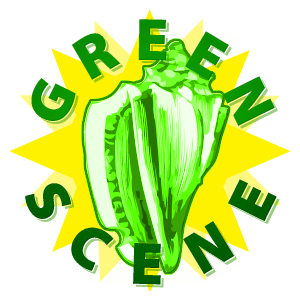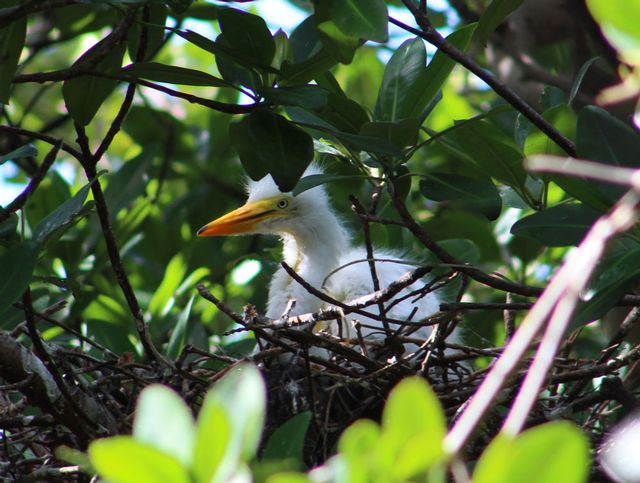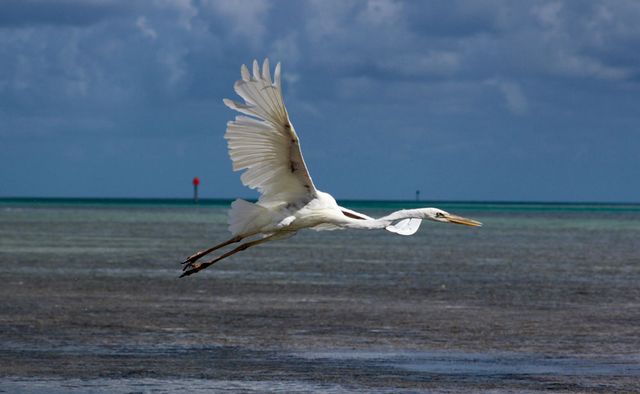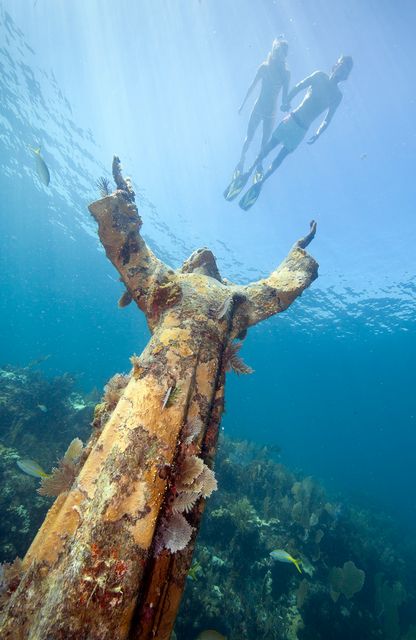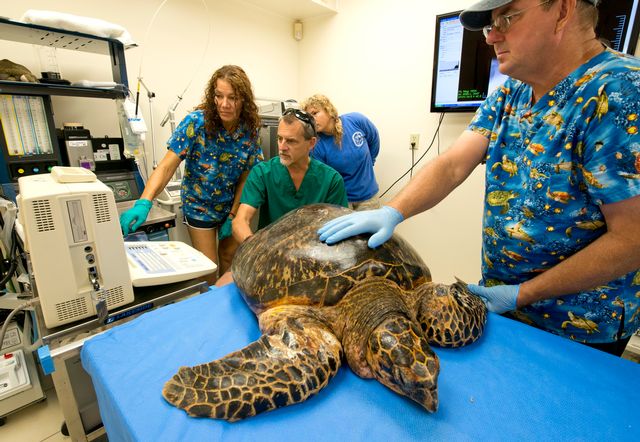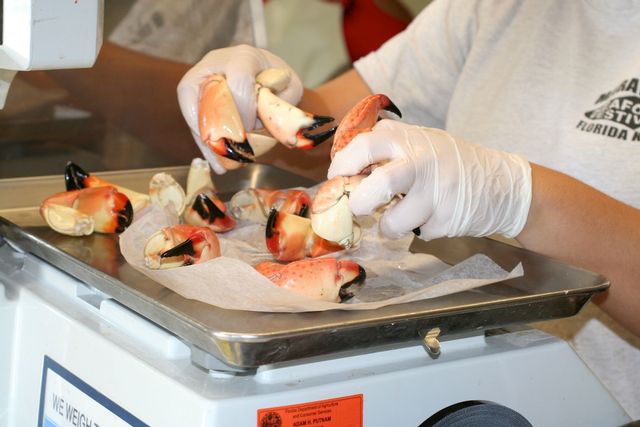‘Connect & Protect’ the Florida Keys’ Natural World
Visitors from around the world are drawn to the Florida Keys to experience the island chain’s priceless natural resources — including the continental United States’ only living coral barrier reef, an environmental treasure that parallels the string of islands.
Just as Keys residents are committed to protecting those resources, visitors can share the commitment while having meaningful and memorable vacations.
They can discover the Keys’ unique natural world and its inhabitants through experiential and soft-adventure activities, eco-travel offerings, backcountry kayaking or paddleboard treks, wildlife refuge explorations, visits to environmental attractions and interaction with rescued sea turtles and wild birds at rehabilitation centers.
Once people forge a personal connection with the region’s intriguing environment, they’ll be more likely to protect and preserve it through positive eco-activities and practices.
The Keys’ passion for protection actually dates back more than a century. The Key West National Wildlife Refuge was established in 1908, launching a dedicated focus on long-term environmental stewardship.
That was followed by the creation of the Great White Heron National Wildlife Refuge in 1938, which provides safe nesting and breeding areas for herons and other migratory birds and wildlife.
Since then, milestones have included the 1957 establishment of the National Key Deer Refuge to protect and preserve habitats for wildlife — particularly the tiny Key deer that live only in the Lower Keys. The deer were once almost extinct, but today the population of shy, engaging animals is nearing 800.
In 1963 Key Largo became the site of America’s first underwater preserve: the renowned John Pennekamp Coral Reef State Park. Visitors to the park can observe its abundant wildlife through recreational and educational experiences that include diving, snorkeling and kayaking a water trail.
In 1990 the U.S. government created the Florida Keys National Marine Sanctuary, protecting 2,900 square nautical miles of coastal and ocean waters including the prized coral reef. Not only does the sanctuary surround the entire land mass of the Florida Keys, it also includes vast stretches of Florida Bay, the Gulf of Mexico and the Atlantic Ocean.
Creation of the protected area allows for management of the region’s special ecological, historical, recreational and esthetic resources. Within its boundaries lie mangrove islands, historic shipwrecks filled with rare artifacts, tropical fish and other marine life.
Divers and snorkelers from across the globe visit the Florida Keys to view the extraordinary reef ecosystem within the sanctuary. Much like a tropical rainforest, it supports a unique diversity of plants and animals.
In recent years, experts have begun spearheading coral restoration efforts in the Keys, steadily restoring endangered corals by replanting new growths from coral nurseries to the reef. At Key Largo’s Coral Restoration Foundation, educational programs enable “citizen scientists” and recreational divers to participate in coral restoration alongside marine scientists.
On Summerland Key, visitors can tour Mote Marine Laboratory’s Elizabeth Moore International Center for Coral Reef Research and Restoration to learn about the science behind coral restoration. Mote currently is working to restore 70,000 coral fragments along about 130 acres of the Florida Reef Tract.
The Keys also are home to the world’s first state-licensed veterinary sea turtle hospital. For over 30 years, the Middle Keys facility has been rescuing, rehabilitating and returning sea turtles to the wild. Education is also a priority at the Turtle Hospital. Visitors are introduced to the hospital's curative programs for loggerhead, green, hawksbill and Kemp's ridley turtles, as well as the permanent resident sea turtles whose conditions prohibit their return to the open ocean.
The facility is equipped with three “turtle ambulances” for patient transport and features a surgical suite, examination room, commons area and classroom. When possible, visitors are encouraged to attend sea turtle releases that are open to the public, emphasizing education, awareness and the importance of humans helping to preserve the endangered reptiles.
The Keys’ commitment to conserving and protecting the region’s natural resources extends to its focus on environmentally responsible fishing, an ethos that has become a way of life for saltwater anglers. Catch-and-release fishing, followed by size and bag limits and bans on gill nets and fish traps in Florida state waters, have enabled fish stocks to stabilize and grow. As a result, pelagic (migratory ocean fish), flats and reef species are plentiful throughout the Keys, and world records attest to healthy and productive fisheries.
Visitors to the Keys can enjoy diving and fishing adventures with certified eco-conscious “Blue Star” operators, savor sustainable food choices like stone crab claws and locally sourced fish, experience unforgettable adventures such as viewing playful dolphins in the wild and engage in “voluntourism” opportunities such as assisting in a coral nursery or at a wild bird rehabilitation facility.
To protect the Florida Keys’ natural resources, eco-conscious residents embrace a culture of conservation while working, playing and simply living each day. By connecting with this positive culture, mindful travelers can help protect, preserve and even improve the 125-mile island chain for future generations.
In shallow, neighboring waters to John Pennekamp Coral Reef State Park is the famous Christ of the Abyss statue. Image: Stephen Frink
The Turtle Hospital in Marathon is the world’s first state-licensed veterinary sea turtle hospital. Image: Bob Care

